#BBQueue
Explore tagged Tumblr posts
Text


DREAM BBQ TODAY I FINISHED CHAPTER 1 SO I MADE A DOODLE OF MY GIRL TO CELEBRATE RAUGHH!!!
GO PLAY DREAM BBQ ITS FREE SAKDNADKLASD
also uhhh click for better quality + spoilers(???) under cut
[ Kofi☕]

Taski Maiden my beloved I hope we see more of her in future chapters aaaa o(≧▽≦)o
#iiLMunchkiin#2025#ena#ena dream bbq#dream bbq#ena taski maiden#taski maiden#joel g#artists on tumblr#clip studio paint#BBQueue#1k
1K notes
·
View notes
Text
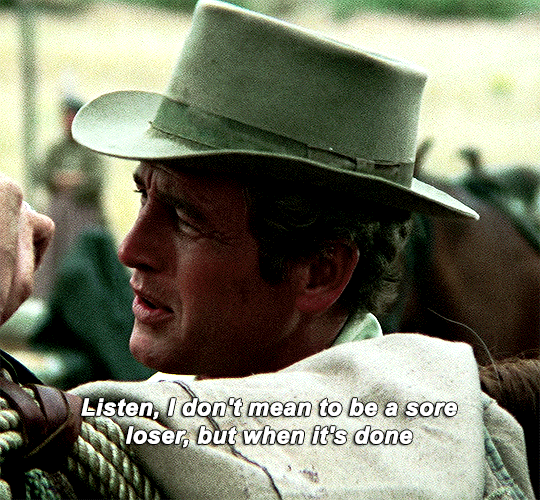


- Maybe there's a way to make a profit in this. Bet on Logan. - I would, but who'd bet on you?
BUTCH CASSIDY AND THE SUNDANCE KID 1969, dir. George Roy Hill
#a declaration of love if there ever was one tbh#butch cassidy and the sundance kid#paul newman#robert redford#filmgifs#filmedit#* endless gifs of paul newman#movieedit#moviegifs#fyeahmovies#dailyflicks#cinemapix#oldhollywoodedit#classicfilmblr#classicfilmedit#classicfilmsource#cinemaspast#mygifs#bbqueue
6K notes
·
View notes
Text
Transformations in Re-Animator: Body Horror at its Finest
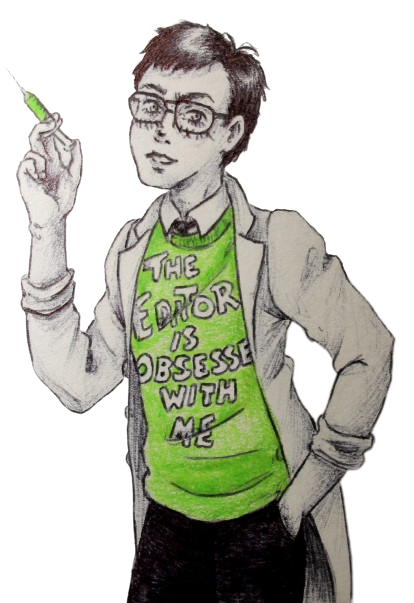
By Tabby Knight (Instagram - tabby.knight6)
Artwork by Dy Dawson, @xgardensinspace
I love Re-Animator. I’m in love with it. Seriously, disgustingly, violently in love with it. If I could marry a film, it’d be Re-Animator (and I’d be sure to court it first—flowers, chocolates, disembodied hearts floating in jars, the works). If I could marry a character in a film, it’d be Herbert West, which probably indicates—not that I needed an indication—that there’s something really very wrong with me as a human being.
But the heart wants what it wants, and ever since I watched Stuart Gordon’s 1985 splatter-fest as a bloodthirsty undergrad, streaming the film in low quality on my cracked, ageing iPhone, my heart has wanted Re-Animator. I love everything about the film, from its lead characters to its buckets of blood to its ridiculous, oh-so-quotable moments of barefaced comedy (“You’ll never get credit for my discovery. Who’s going to believe a talking head? Get a job in a sideshow.”) and I know just about everything about it, too. I’ve seen its sequels (Bride’s a messy triumph, we don’t speak about Beyond) watched interviews, deleted scenes, actor and director commentaries, the works. I’ve also tracked down just about every other horror film featuring the dynamic duo of Jeffrey Combs and Barbara Crampton, seeking something of the same calibre to scratch that gory itch. A few films have come close, but none so far have surpassed it. As a lifelong viewer of 80’s corn-syrup gore, I can assure you that Re-Animator is unmatched. It stands alone.
There’s a lot of talk about Re-Animator as a cult classic, and rightly so. There’s also talk about it as a comedy (true) a splatter film (also true) and a landmark of Lovecraftian canon (absolutely). But what I don’t see talked about as much, is that it’s a pretty impressive piece of transformation horror—verging on body horror, really—in the same vein as Jekyll and Hyde, The Fly, or American Werewolf in London.
At its core, Re-Animator is a film about uncontrollable, transforming bodies, both the obvious and the subtle. From its opening sequence (Doctor Gruber’s freaky, bulging eyes that explode right out of his head) to its final, blood-soaked showdown, the body is a constant site of change.
There is, first and foremost, the transformations brought about by Herbert West’s re-agent: the re-animation of the tranquil dead to aggressive, violent zombies. By that same token, the re-agent also transitions Dean Halsey from a rational human being into a creature who mindlessly kidnaps, restrains and strips his own daughter, and aids Doctor Hill’s transition from a creepy, unethical professor to an all-out, murderous sexual predator (albeit a decapitated one).
But there are also the subtle changes. Dan’s patients are always in motion, crossing over from life to death (it’s funny to think that in a film set primarily in a hospital, none of the patients on display actually make it out alive) and the bodies in the morgue are always shown in transitional states of rot and decay. Almost every shot of a body (or its parts) displays these changing states in full detail, a constant reminder of human fragility—our own lack of control over our own bodies, and the inevitable breakdown of the flesh.
But my favourite transformation—and perhaps the most criminally overlooked—doesn’t actually occur in the body at all. Or at least, not at first glance. It’s the transformation we see in All-American good guy Dan Cain: our squeaky-clean med student protagonist, and eventual accomplice to Herbert’s maniacal experiments. At the start of the film, Dan appears to have it all. Good career prospects, a super cute girlfriend (Megan Halsey, I’m in love with you) and what appears to be a fairly concrete spot on the Dean’s List: Dean Halsey even goes so far as to describe him as one of Miskatonic’s most promising students—no mean feat, considering he’s regularly bedding the ultra-conservative Dean’s only daughter. The only identifiable flaw in his apple pie life would appear to be his inner struggle with mortality. Not his own, you understand, but that of his patients. He refuses to accept that dead is emphatically, irrevocably dead. And of course, it’s this struggle that sets up the rest of the film.
Throughout Re-Animator’s speedy 90-minute runtime, we see Dan transition almost seamlessly from an upstanding member of society to a man who willingly injects a volatile substance into the corpse of his dead girlfriend, despite knowing full well what the consequences will be. In essence, he transforms from a regular guy into an all-out monster. Granted, he’s a monster with a conscience (we see that very clearly in Bride of Re-Animator) but arguably, so are your American Werewolves and Brundleflies.
In fact, you could argue Dan’s a little bit worse than most transformative monsters: Dan’s conscience, such as it is, always seems to disappear when faced with the prospect of his own self-interest. Despite all his prior reservations, his reluctance to revive Dean Halsey (until it suits him) his fury at Herbert’s murder and resurrection of Doctor Hill, all of it seems to dissipate in the face of Meg’s death. Then, suddenly, there’s no hesitation, no ethics. He barely hesitates in retrieving the reagent, measuring up the dose, or injecting Meg in the brain stem. His transformation—man to monster—is complete. And he didn’t even have to shed his skin to do it.
This is, in part, what I think is missing from the 1989 sequel, Bride of Re-Animator (aside from Stuart Gordon in the director’s chair). Bride’s a good movie, and I like it a lot, even if it does lag a little somewhere around the middle. But what really lets it down is the absence of that underlying transformative arc – we as an audience aren’t particularly unnerved by Dan’s second descent into medical madness, because it’s not exactly shocking or new. We’ve already seen the very worst he could do first time around, and anything Bride tries to offer us naturally falls short. A better direction for the sequel might have been a role reversal—maybe Herbert gains something of a conscience while Dan continues to lose his? But then of course, there’s the risk that Herbert might also lose some of the callous edge that makes him such an iconic anti-hero (and makes me love him so, so much). It’d be a fine line to walk, and interestingly some fanworks do a great job of it, but it’s never quite transferred to the realm of sequel film.
For me, it’ll always come back to that final shot—the plunge of the Re-agent filled syringe before Barbara Crampton’s iconic scream and the dramatic cut to black. There’s only one ending that comes close to scratching the same depraved itch in my strange little brain, and that’s the closing line in Stephen King’s Pet Semetary:
“…Darling.”
20 notes
·
View notes
Text
Coolest Conga Line Ever
siphonophores will never not freak me out. stop doing that its SCARY but also please don't ever stop doing that you ethereal marine cryptid
#“body positivity!” until then siphonophores show up on the dash#BODY HORROR GIRL SHES GORGEOUSLY BEYOND YOUR COMPREHENSION#gender#angel#ocean#deep sea#deep sea creatures#beloved#this is my roman empire#evangelion ass being#this as religious imagery#bbqueue#*beings my bad#long post#undescribed
82K notes
·
View notes
Text

#food#foodcore#dessert#pink#pinkcore#cookies#ice cream#cute#kawaii#blogsite#sourced#upl#🍰#🩷#🍦 ice cream#🍖 bbqueue
80 notes
·
View notes
Text
DOODLE DUMP - "Z!Martlet Edition"


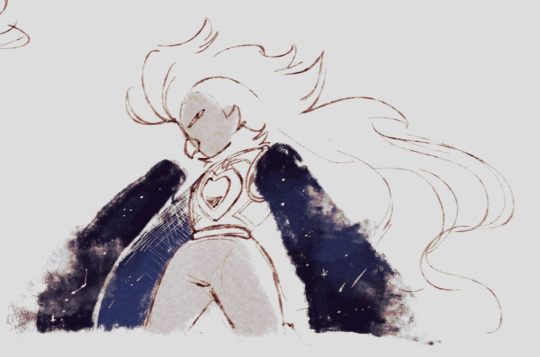

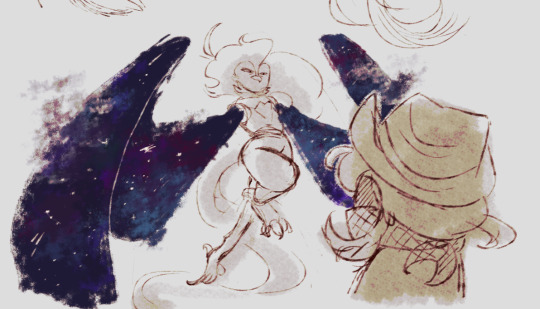
Listened to moti's Remedy/Retribution and omg it gave me motivation to draw hihihihih everyone say thank you martlet for curing my artblock
[ Kofi☕]
#iiLMunchkiin#2025#undertale yellow#undertale yellow fanart#undertale yellow spoilers#undertale yellow clover#undertale yellow martlet#zenith martlet#uty#uty fanart#uty clover#uty martlet#doodle dump#artists on tumblr#clip studio paint#BBQueue#<- changing the queue tag to this so its less confusing lol
305 notes
·
View notes
Text
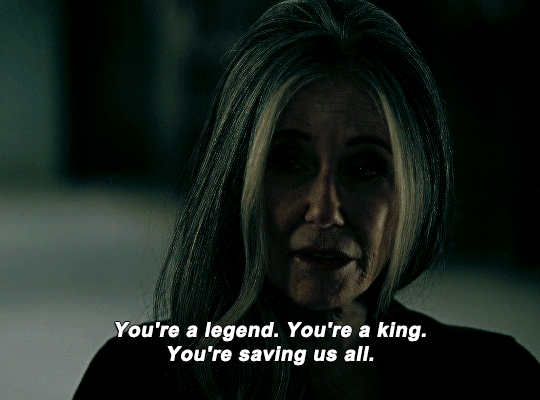
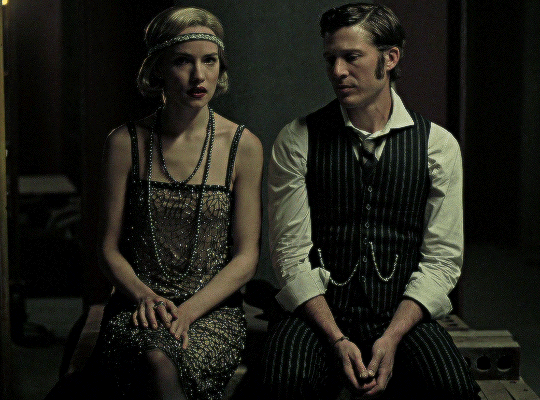
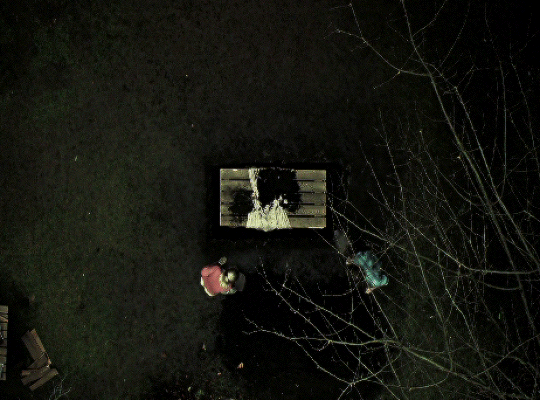
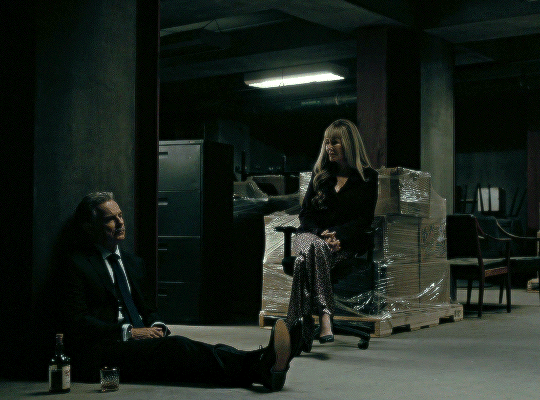

You came into this world together, and you go out of it together.
Bruce Greenwood as Roderick Usher and Mary McDonnell as Madeline Usher in THE FALL OF THE HOUSE OF USHER (2023)
#what is this biblical valonqar shit!!!#still doesn't rank high among the flanaganverse for me and it lacked the heart i liked in the others but it had THIS#maybe the codependent yet mutually destructive siblings trope still has me in a chokehold. and they were TWINS.#who wrapped themselves up in mythos and messianic arrogance!!#the fall of the house of usher#mike flanagan#horrorgifs#horroredit#tvedit#tvgifs#television#dailynetflix#userstream#cinematv#filmandtv#filmtv#dailyflicks#bbqueue
2K notes
·
View notes
Text
THANK YOU TO EVERYONE WHO RBS THIS SJDBDKDB my only regret is not using spellcheck. +1 Lollipop from Astarion. (Rare)
i urge you to please check out my other posts on palestine !!! esp mutual aid and educating yourself. i have resources queued for accessibility including this masterlist. if even half of you lovelies who liked or reblogged would read through and reblog resources - it would mean the world 🙏🍉
My anemic ass is NOT surviving Baldurs Gaye 3 😭🤣🤣🤣🩸🩸🩸🩸🧛♂️🧛♂️
#free palestine#free gaza#end occupation#palestine#bbqueue#stop israel#humanitarian crisis#bdg3#im happy so many anemics could relate 😭🫶#just wanted to spread this since im semi back on tumblr and want to do something for the last day of the global strike#i will continue to rb and talk abt gaza after the strike
426 notes
·
View notes
Text
Beating a Dead Crop: A Children of the Corn Retrospective
By Tabby Knight (instagram - tabby.knight6)
Artwork by Dy Dawson @xgardensinspace
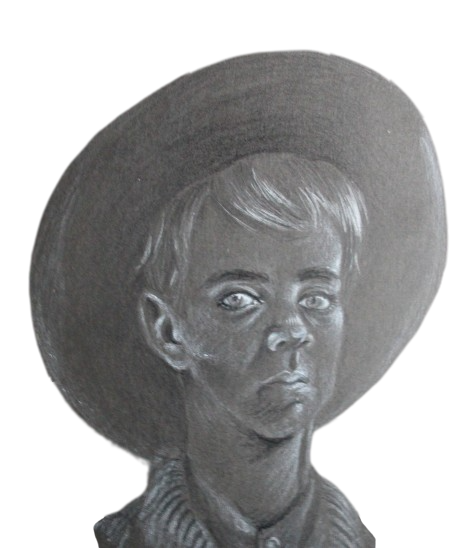
If you’ve seen all of the Children of the Corn films in the franchise (dear God) I’m both somewhat impressed and also vaguely concerned for your mental wellbeing. I counted a total of 12 entries in the series, including the 2020 reboot and the 1983 short film Disciples of the Crow. Not bad, considering Stephen King’s original short story clocks in at approximately 10,000 words, and ends with a degree of finality that doesn’t exactly invite a sequel.
For those unfamiliar with the source material, Children of the Corn was originally published in Penthouse Magazine in 1977 and later reprinted in King’s short story anthology, Night Shift (1978) and follows a young married couple who accidentally hit a child with their car while driving through rural Nebraska. Burt and Vicky, who are road tripping to California in a last-ditch attempt to save their marriage, decide to put the boy (dead) in the back of their car and drive to the nearest town, Gatlin, for help. The shock of hitting the boy has been abated, somewhat, by the fact that he was likely already dead when they went over him — his throat's been slit from ear to ear. They are a little disturbed, however, to find a crucifix made of corn husks in the boy’s suitcase.
They arrive in Gatlin only to find it deserted, and the only building showing any sign of recent activity is the church, which is defaced, trashed, and decorated with corn. Inside, Burt also finds a record of births and deaths, and manages to piece together the town’s dark history: some twelve years ago, all the adults in town were massacred, and the children appear to have created a corn-worshipping cult in their absence. Since then, every registered death in town has occurred on the victim’s nineteenth birthday.
By the story’s conclusion (Spoilers) Vicky’s been mutilated and crucified on a cross of corn, and Burt finds himself trapped in Gatlin’s cornfields, pursued — and ultimately consumed — by a mysterious entity that lives amongst the rows. It ends with the children, who are informed by their nine-year-old cult leader, Isaac, that He Who Walks Behind the Rows is displeased with their inability to dispatch Burt, and has lowered ‘the age of favour’ from nineteen to eighteen as a punishment. As a result, the town’s eighteen-year-old residents march into the corn to sacrifice themselves to their god. One of those dispatched, Malachi, leaves behind a pregnant girlfriend, who fantasises about setting fire to the corn in retribution. We end with a line that still sticks with me years after I first read it: “Dusk deepened into night. Around Gatlin the corn rustled and whispered secretly. It was well pleased.”
And there you have it. It’s not King’s best short story by any means, but it’s far from his worst, and it has its own grim, mystical charm that appealed to me as a teenager and still appeals to me now. The cult operating in Gatlin works primarily because of its elusiveness, and its ambiguity. We don’t see the children overthrow the town, we see very little of the entity that lurks in the corn, and there’s no flashy final showdown. There’s a tragedy to the children that fails to translate to the films, a quiet sort of helplessness emphasised by their final march into the cornrows. The conclusion feels inevitable – this is the way things are in Gatlin, and it’s horrendous, but it’s unstoppable. It just is.
To the best of my knowledge, none of the film adaptations manage to capture this same sense of quiet horror, the idea that those who commit such atrocious evil are themselves victim to a larger, far more powerful force that cannot be overthrown or disobeyed.
It’s a shame, then, that the very first film adaptation – a 1984 venture starring Linda Hamilton – dispatches this sense of ambiguity and dread entirely. Instead we are left with a standard, far less eerie narrative structure, in which Burt rescues Vicky, teams up with a couple of the less murderous children, and manages to set fire to the cornrows, ostensibly killing (at least temporarily – 5 sequels and several reboots, remember) He Who Walks Behind the Rows. Instead of the quiet despair of the short story, emphasised by the pregnant Ruth’s secret desire to see the corn burn, we get a final jump scare and a happy ending as Burt, Vicky, and the two kids they appear to have adopted set out for Seattle on foot.
There are merits to the first film, at least. John Franklin makes an iconic and genuinely menacing (if a little campy) villain out of Isaac, who outshines the elusive creature behind the rows as the primary antagonist. Courtney Gains makes for a memorable Malachai - morally grey and surprisingly likeable, far more fleshed out than his literary counterpart. The supporting cast of Gatlin kids are suitably freaky, at least until Sarah and Job are established as good kids, which diminishes the effect somewhat, especially when the short story did so well as to establish the children as equal parts good and bad, victims of a larger system as well as perpetrators of violence.
By creating a binary in which children like Sarah and Job are “all good,” while those such as Isaac and Rachel (the crazed adolescent responsible for that final scare) are “all bad,” we lose that sense of dread. Worse still, we lose the last remaining shred of realism in a film that has Burt pursued through the corn by a tunnelling monster right out of Tremors. As I said, we essentially lose the very point the source material is trying to convey.
That’s not to say it’s a wholly unlikeable film, of course, or that it’s universally hated by horror fans. Lots of people, myself included, look at the film with a great deal of fondness. But that doesn’t change the fact that it falls into that famed category of questionable Stephen King adaptations. It also doesn’t change the fact that it didn’t warrant a sequel, let alone five, and a string of ill-fated reboots with sequels of their own.
Horror movies and sequels go hand in hand, obviously, but unlike the other sequel machines of the 1980’s, the Children of the Corn franchise lacks the same fanatical following. When quizzed on franchises and their sequels, diehard horror fans tend to have very specific preferences. They have a favourite Nightmare on Elm Street, (Mine’s 3) a preferred Jason Vorhees (8-bit video game Jason, though I suspect I’m an outlier) and strong opinions on the superior Child’s Play film (It’s Bride). But with Children of the Corn, that level of diehard devotion appears to be lacking. I’ve met a lot of horror fans, and I’ve never had any of them tell me that Children of the Corn V: Fields of Terror, for example, is the best of the lot.
I don’t want to generalise, of course, because I’m sure someone out there is getting ready to contact me and tell me of their undying devotion to Urban Harvest. I only mean that as a collective, horror fans are incredibly tolerant of sequels, and often can discuss the merits of part six over part ten. A cursory glance at cinema attendance for the new Halloween and Scream sequels alone indicates a market for the same formula over and over again. I would argue, however, that Children of the Corn doesn’t necessarily fit into that category. With the possible exception of 666, which promises the return of the first film’s Isaac, none of the sequels on Wikipedia’s handy-dandy list either catch my eye or spark my memory, and I can’t be the only one.
The question, then, is why keep churning them out? Let’s not forget that this isn’t just a case of a one-off direct-to-video sequel, or even a trilogy. We’re talking about five direct sequels to the 1984 film, plus three maybe sequels (Revelation, Genesis, and Runaway) and two reboots (2009 and 2020/23).* The obvious answer is of course, money, but you can’t seriously tell me all these direct-to-video sequels are churning out bucketloads of profits. They’re certainly not churning out rave reviews, either from critics or audience members.
My best guess is that, like me, people continue to be drawn to and affected by the original source material, and want to create a film in that same vein. But if that’s the case, why the continual failure to accurately adapt that same source material? Why create a narrative in which He Who Walks Behind the Rows is easily dispatched by outsiders, when the real terror of the story (at least in my opinion) stems from His unrelenting hold over the children, even in the face of their growing resentment?
The 2020 adaptation, much like those that have come before it, has received mostly negative reviews, with an 11% rating on Rotten Tomatoes, a 22/100 on Metacritic, and a staggering 1.6/5-star rating on Letterboxd. While I haven’t seen it myself (yet – if I do, it’ll bring my total number of CotC films up to…3) what I can glean from Wikipedia, Bloody Disgusting, and Letterboxd is that once again, the film fails to either accurately adapt the source material or, at the very least, capture the same spirit of terror the original story managed to convey.
In a perfect world, such universally abysmal reviews would signal a long-overdue death for the franchise, and I’d like to say I’m optimistic enough to hope for its end. But this is horror we’re talking about, and we appear to be in an age of unrelenting sequels for all genres regardless. And worst of all, there’s a backlog of twelve films whose very existence leave me pessimistic and cynical.
Incidentally, if you’d like to catch a Children of the Corn film that kind of captures the spirit of the original, consider checking out the aforementioned 1983 short film Disciples of the Crow. It’s not a perfect adaptation (Burt and Vicky still manage to escape unscathed, god damnit) but it goes a long way towards establishing that eerie sense of mindless violence and inevitability I talked about. It’s campy as hell, of course, terribly acted and not exactly scary, but it is only 18 minutes and free to watch on YouTube, and not too bad for a student film. At the very least, Burt isn’t pursued by a tunnelling monster as he attempts to set fire to a cornfield.
*In light of the pandemic, the 2020 rendition of Children of the Corn didn’t receive either mass distribution or a theatrical release until 2023. Interestingly, it was apparently the first film since the 1984 adaptation to even receive a theatrical release. Go figure.
5 notes
·
View notes
Text
You know those posts where people are like "mutual this" "mutual that"? I have no idea who my mutuals are and I'm afraid to look, I see them as reblogging from my blog on my dash but I'm like no! It's too good to be true!
0 notes
Text
i love scrolling through the notes on a post and seeing everyones queue tags
times queue roman, mmm bbqueue (this is one that made me cackle), a queue hope
0 notes
Text

The true southern BBQ that has been making my hometown famous for over 50 years.
4 notes
·
View notes
Text


Krispy Kreme JPN limited time doughnuts :
Cherry Blossom Lollipop Strawberry
#food#foodcore#sweets#dessert#doughnuts#donuts#pink#pinkcore#spring#flowercore#cute#kawaii#transparent#png#krispy kreme#sourced#upl#🍰#🩷#🌸 sakura#🍩 donuts#🫧 t#🍖 bbqueue
18 notes
·
View notes
Photo
@raplinenthusiasts 🐯

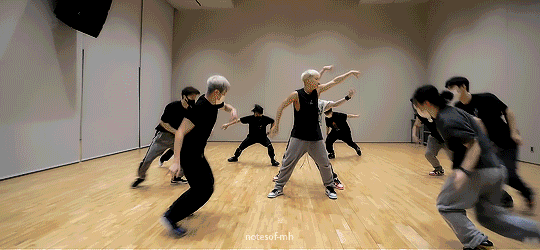
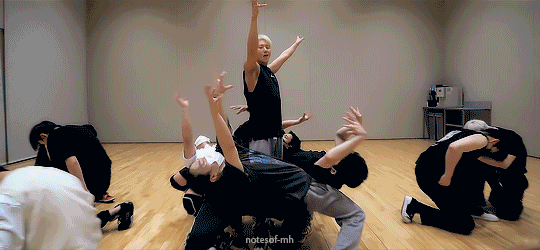


what’s up, he’s a tiger!
#never getting over this actually#absolutely insane work from op#will never recover#hoshi#tiger#bbqueue
184 notes
·
View notes
Text


My friend thought I was making Starlo into an alcoholic and that horrified me so bad cuz there is no way in HELL that man is going to drink his life away. Oh my god.
Anyway I decided to try and draw him as one anyway cuz i got curious and...
[ Kofi☕]
#iiLMunchkiin#2025#undertale yellow#undertale yellow fanart#undertale yellow starlo#undertale yellow north star#uty#uty fanart#uty starlo#uty north star#artists on tumblr#clip studio paint#BBQueue
210 notes
·
View notes
Text


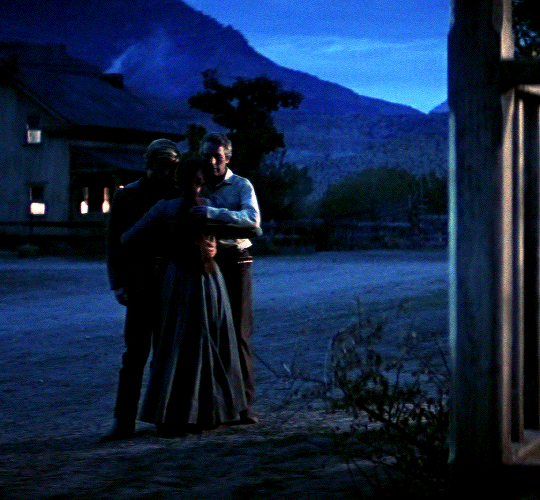
[George Roy Hill]'s theory was that Etta was probably one of Fannie Porter's prostitutes and just how close a friend she was to Butch as well as Sundance is left to speculation. But he always felt there was something there probably of a three-way relationship that couldn't be shown in the time that we made this picture. And probably had nothing to do with the picture we were doing anyway. (Robert J. Crawford, Documentary Director)
BUTCH CASSIDY AND THE SUNDANCE KID 1969, dir. George Roy Hill
#polycule posting#butch cassidy and the sundance kid#paul newman#robert redford#katharine ross#filmedit#filmgifs#movieedit#moviegifs#cinemaspast#oldhollywoodedit#romanceedit#romancegifs#classicfilmsource#classicfilmedit#fyeahmovies#cinemapix#* endless gifs of paul newman#mygifs#bbqueue
2K notes
·
View notes